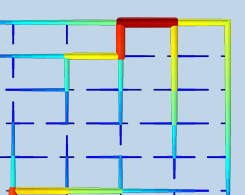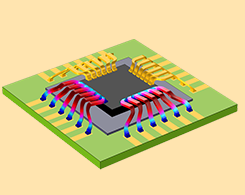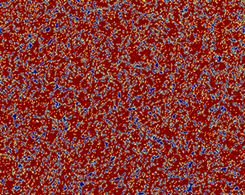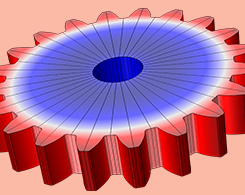Heat Transfer Blog Posts

Designing District Heating Networks Using Topology Optimization
District heating networks help power plants reach high efficiencies by utilizing cogeneration, which is especially helpful in the winter. How does topology optimization fit in? Keep reading…

Designing Inductors with a Simulation App at Bombardier Transportation
Every day, 500 million passengers in 200 cities and 60 countries ride a train featuring Bombardier Transportation products. See how apps help speed up the design process for a train component…

Course: Modeling Joule Heating with Thermal Expansion
Get an overview of the course on Joule heating and thermal expansion. Plus, access supporting material.

Introducing the Porous Media Flow Module
From multiphase transport and non-Darcian flow to local thermal equilibrium and nonequilibrium, we discuss the advanced porous media flow modeling you can do with the Porous Media Flow Module.

Modeling Heat Transfer in Thin Layers via Layered Material Technology
We answer some questions you may have about the Layered Material functionality in the COMSOL® software: What does it do? How do you update existing models? How do simulations benefit from it?

6 Ways Engineers Are Using Simulation to Help the Environment
Energy-efficient buildings and appliances. Safe nuclear waste storage. Well-preserved freshwater lakes. These are just a few examples of how simulation is being used to help the environment.

Material Characterization by Means of Simulation
Carbon-based materials, such as synthetic specialty graphites, are found in many industries, including solar, semiconductor, car manufacturing, ceramics, and metallurgy.

Simulating the Carburization and Quenching of a Steel Gear
Gears are typically carburized and quenched to improve their fatigue durability and wear resistance. Simulation can help determine how these processes affect the gear’s residual stress state.
